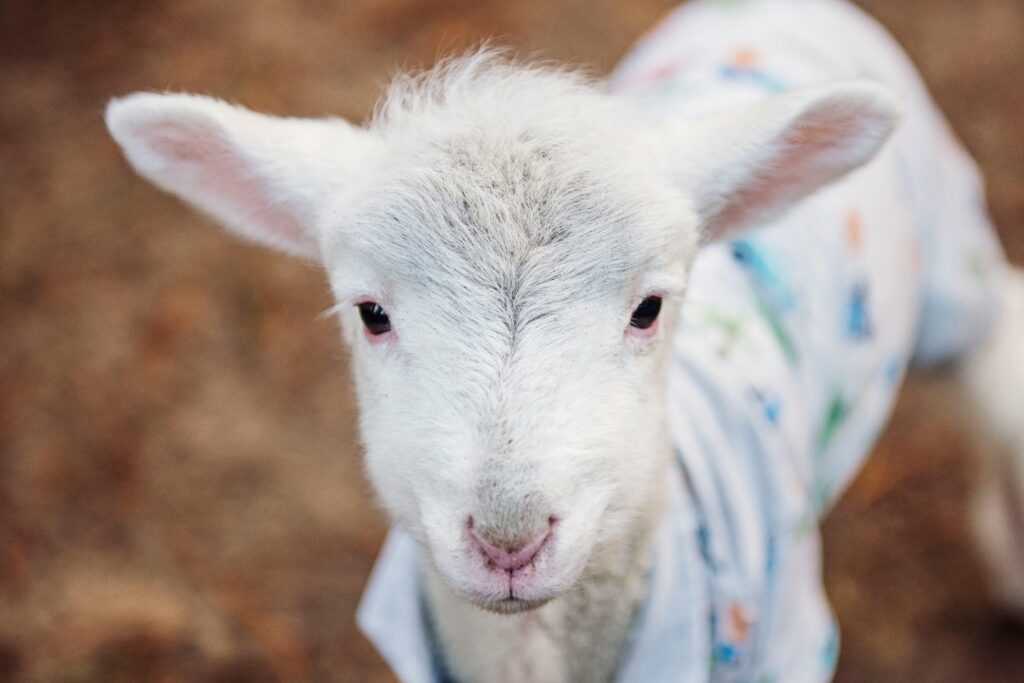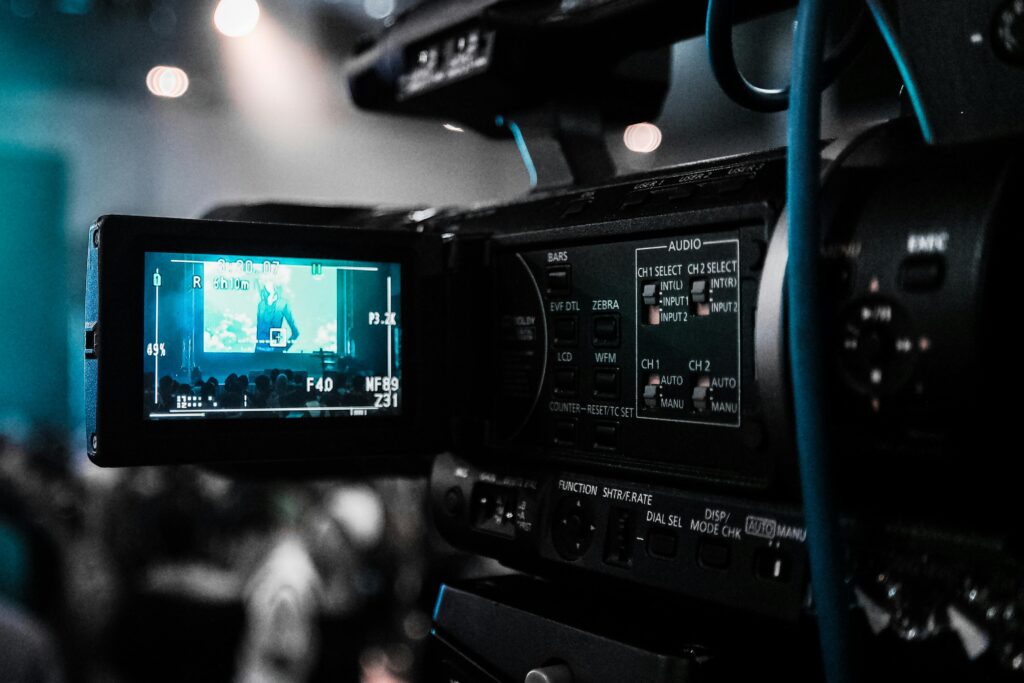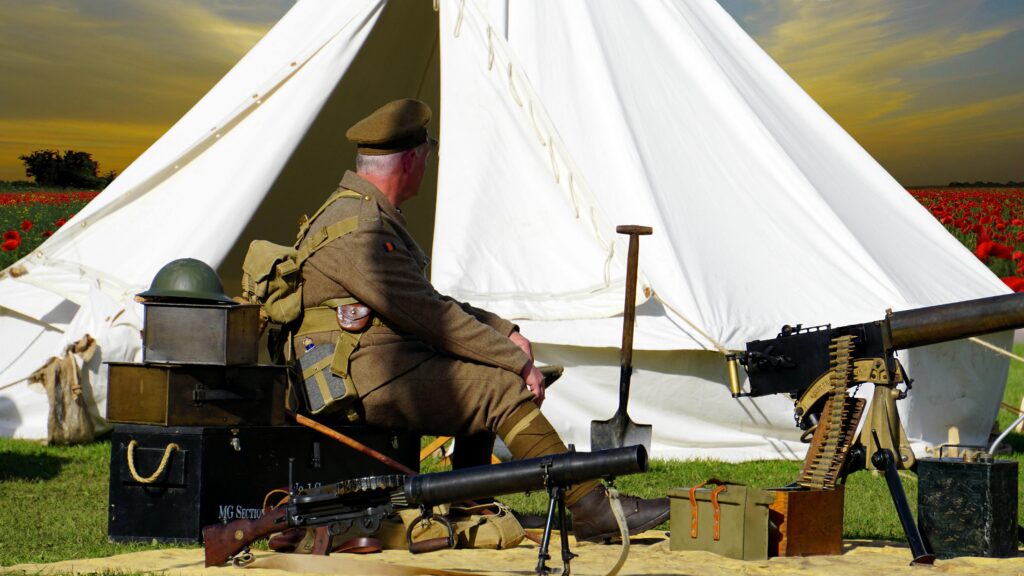Understanding Up Close Shots in Filmmaking
In the realm of cinematography, up close shots—commonly known as close-ups—are pivotal in conveying emotion and detail. By focusing tightly on a subject, these shots draw viewers into the narrative, offering an intimate perspective that broader shots cannot achieve.
Types of Up Close Shots
Close-ups vary in scale and purpose. Understanding these variations is essential for effective storytelling.
Standard Close-Up
This shot frames the subject’s face from the shoulders up, capturing facial expressions and emotions in detail. It’s a staple in dialogue scenes, allowing audiences to connect with characters on a personal level.
Medium Close-Up
Framing the subject from the chest up, the medium close-up balances facial detail with some background context. It’s often used to maintain intimacy while providing situational awareness.
Extreme Close-Up
Focusing on a specific part of the subject, such as the eyes or hands, extreme close-ups highlight minute details and can intensify emotional impact. For instance, a tear rolling down a cheek can speak volumes without dialogue.
Insert Shot
These are close-ups of objects or details significant to the narrative, like a ticking clock or a letter. Insert shots direct the audience’s attention to elements that might otherwise be overlooked.
The Emotional Power of Up Close Shots
Close-ups are instrumental in conveying unspoken emotions. By isolating a character’s face, filmmakers can showcase subtle expressions that reveal internal conflicts and feelings. This technique fosters a deeper connection between the audience and the character.
For example, in “The Godfather,” close-ups of Vito Corleone’s face reveal the complexities of his character, from authority to vulnerability. Similarly, “The Shining” utilizes extreme close-ups to heighten the horror and intensity of Jack Torrance’s descent into madness.
When to Use Up Close Shots
Strategic use of close-ups can enhance storytelling:
- Emotional High Points: Employ close-ups during pivotal moments to emphasize a character’s emotional state.
- Key Dialogue: Use close-ups to capture the nuances of delivery and reaction, adding depth to conversations.
- Detail Emphasis: Highlight important objects or actions that are crucial to the plot through insert shots.
However, overusing close-ups can diminish their impact. It’s essential to balance them with wider shots to maintain visual variety and context.
Techniques for Effective Up Close Shots
To maximize the effectiveness of close-ups, consider the following techniques:
Camera Angles
Varying angles can alter the perception of a close-up. A low angle can make a character appear powerful, while a high angle might suggest vulnerability.
Lighting
Proper lighting enhances the mood. Soft lighting can create intimacy, whereas harsh lighting might convey tension or conflict.
Focus and Depth of Field
Shallow depth of field isolates the subject from the background, directing attention solely to the focal point. Ensuring sharp focus on the subject’s eyes can intensify the emotional connection.
Common Mistakes and How to Avoid Them
While close-ups are powerful, missteps can undermine their effectiveness:
- Overuse: Excessive close-ups can make a film feel claustrophobic. Balance them with medium and wide shots to maintain visual rhythm.
- Poor Focus: In close-ups, even slight focus errors are noticeable. Utilize focus peaking and magnification tools to ensure precision.
- Distracting Backgrounds: Ensure backgrounds are unobtrusive to keep the audience’s attention on the subject.
Iconic Examples of Up Close Shots
Several films have masterfully employed close-ups to enhance storytelling:
- “The Blair Witch Project”: The extreme close-up of Heather Donahue’s face captures raw fear, immersing viewers in the horror.
- “Casablanca”: The close-up of Ingrid Bergman’s tearful farewell adds emotional weight to the scene.
- “The Good, The Bad and The Ugly”: Sergio Leone’s use of extreme close-ups during the final standoff heightens tension and drama.
Conclusion
Mastering up close shots is essential for filmmakers aiming to convey emotion and detail effectively. By understanding the types, purposes, and techniques associated with close-ups, and by avoiding common pitfalls, filmmakers can create compelling and immersive narratives that resonate with audiences.


